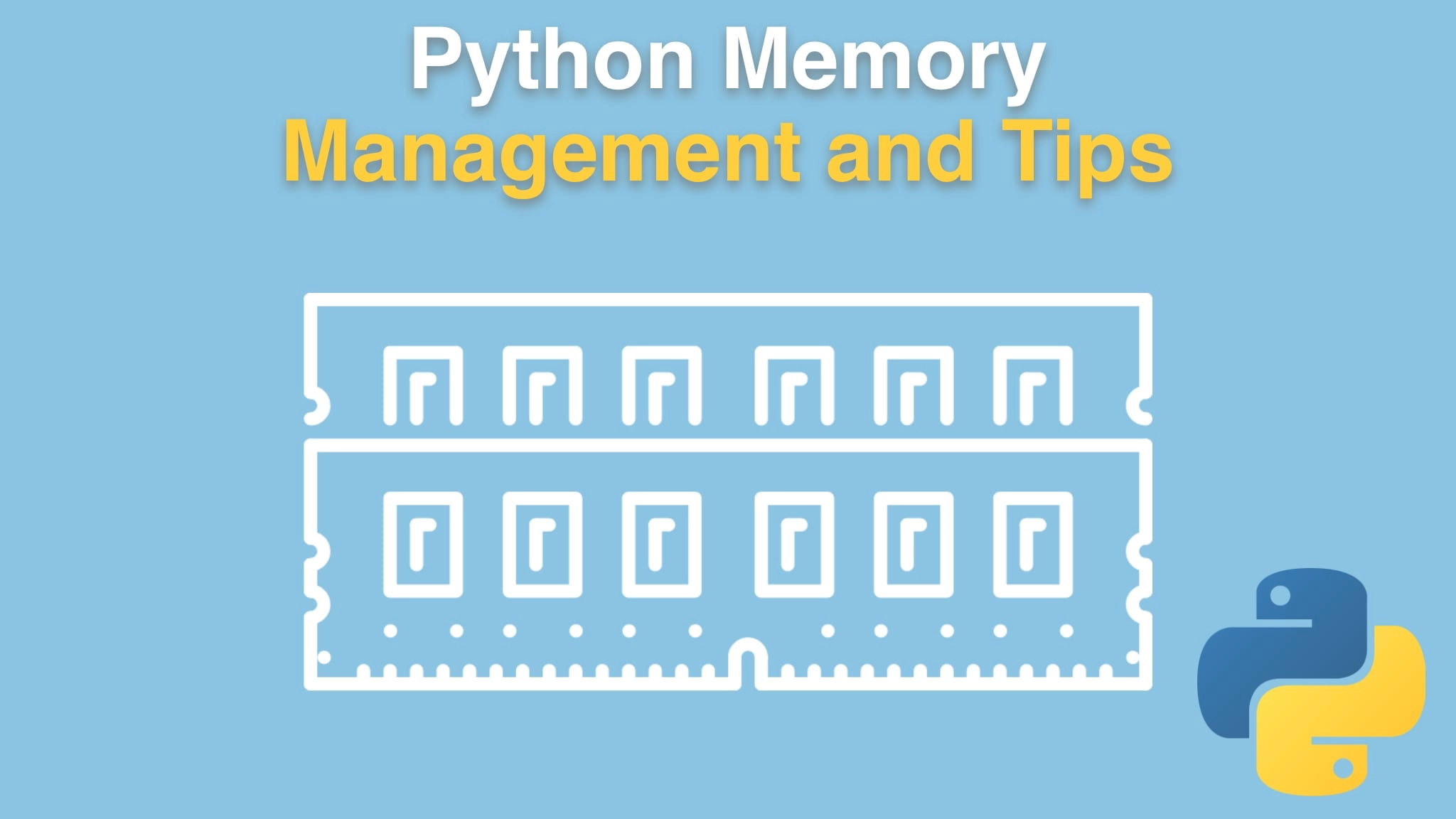Python Memory Management and Tips Transcripts
Chapter: Course conclusion and review
Lecture: Allocating memory
Login or
purchase this course
to watch this video and the rest of the course contents.
0:00
Next up, we said We need to talk about allocation. Now, Most people think of Python memory Management as cleaning it up,
0:07
but there's also a whole bunch of techniques and heuristics and data structures put together to
0:12
help us allocate memory without fragmentation and so on. We started by saying, Look,
0:17
we'll just go ask the operating system through the C API for memory. Turns out, we didn't do it that way, right? We said, Look,
0:23
there's hardware, yeah, this is what we expected. The RAM, the operating system manages the memory associated with every process, down at
0:31
the C-layer, we can allocate memory from the operating systems virtual memory it gave us using malloc.
0:37
That's all good. But then there are other layers that Python adds on. The Python's Allocator, so PyMem and PyMalloc and all those API's,
0:47
and then for smaller things, that is, objects that by themselves are smaller than 512 bytes, We also have Pythons Small Object Allocator.
0:56
Remember, Most things that feel like big objects are just a bunch of small objects linked
1:01
together, so there's a good chance that the things you're working with are gonna land in this Small Object Allocated world.
1:09
You can actually see the source code that has kind of a ASCII art graphic like this at bit.ly/pyobjectallocators.
1:17
Here's a little tiny segment out of as well. If you look at the bottom,
1:20
it says "a fast, special-purpose memory allocater for small blocks, to be used on top of a general purpose malloc".
1:27
So this is the Small Object Allocator and friends.
